Early Literacy Skills: How to Teach Your Child to Love Reading Before Kindergarten
Reading is one of the most valuable skills a child can develop, and the journey begins long before kindergarten. By introducing early literacy activities, you’re setting the stage for a lifelong love of books and learning. But how do you spark that interest in your little one? Let’s explore practical and fun ways to help your child embrace the joy of reading while building foundational skills.
Why Early Literacy Matters
Early literacy isn’t just about recognizing letters—it’s about developing the skills needed to understand, enjoy, and interact with stories. These skills include:
- Language Development: Expanding vocabulary and improving communication.
- Comprehension Skills: Understanding stories and drawing connections.
- Curiosity and Imagination: Fostering creativity through storytelling.
When children love books, they’re more likely to excel academically and develop strong critical thinking skills.
1. Start Reading Aloud from Day One
Reading aloud is one of the best ways to bond with your child and introduce them to the rhythm and sounds of language.
- What to Read: Start with simple board books featuring bright pictures and repetitive text. As your child grows, introduce stories with more complex narratives.
- How to Make It Fun: Use expressive voices, sound effects, and hand gestures to bring the story to life.
Pro Tip: Let your child turn the pages or point to pictures—they’ll love feeling involved!
2. Make Books a Part of Everyday Life
The more your child sees books, the more they’ll view them as a natural part of their world.
- Create a Reading Corner: Set up a cozy, inviting space filled with age-appropriate books. Add pillows, blankets, or a soft rug to make it a favorite spot.
- Keep Books Accessible: Place bookshelves or baskets at your child’s height so they can easily grab a book whenever they like.
Pro Tip: Rotate books regularly to keep the collection exciting and fresh!
3. Talk About What You Read
Reading isn’t just about finishing the book—it’s about engaging with the story.
-
Ask Questions: After reading, ask questions like:
- “Why do you think the character felt sad?”
- “What do you think will happen next?”
- Relate Stories to Real Life: If a book is about animals, talk about animals you’ve seen or imagine what it would be like to meet them.
Pro Tip: Encourage your child to retell the story in their own words—it’s a great way to boost comprehension!
4. Incorporate Reading into Playtime
Learning happens best when it’s fun. Bring stories to life with play:
- Act Out Stories: Use toys, costumes, or even silly voices to recreate scenes from their favorite books.
- Create Your Own Books: Fold paper into a mini-book and help your child draw pictures or write simple stories.
Pro Tip: Encourage imaginative play based on books they love—this deepens their connection to the story.
5. Sing, Rhyme, and Explore Letters
Songs, rhymes, and alphabet games are great for introducing sounds and patterns in language.
- Sing Nursery Rhymes: Classics like “Twinkle, Twinkle, Little Star” help kids hear the rhythm of words.
- Play Letter Games: Use magnetic letters to spell out their name or play “I Spy” with letters while on a walk.
Pro Tip: Don’t stress about perfect pronunciation—focus on having fun and building confidence.
6. Be a Reading Role Model
Children learn by watching, so let them see you reading for pleasure.
- Read Together: Choose books or magazines you can enjoy alongside your child.
- Share Excitement About Books: Talk about your favorite stories and why you love them.
Pro Tip: Make trips to the library or bookstore a regular and exciting adventure!
7. Celebrate Small Wins
Learning to read is a journey, and every step counts.
- Praise Their Efforts: Celebrate when they recognize a letter, “read” a book by looking at pictures, or sit through a story without distractions.
- Track Progress: Use a sticker chart or create a fun milestone board to showcase their achievements.
Pro Tip: The goal is to build confidence, so focus on effort rather than perfection.
Books to Kickstart Your Child’s Love of Reading
Here are some great options to start with:
- For Babies: “Brown Bear, Brown Bear, What Do You See?” by Bill Martin Jr.
- For Toddlers: “The Very Hungry Caterpillar” by Eric Carle
- For Preschoolers: “If You Give a Mouse a Cookie” by Laura Numeroff
Final Thoughts
Instilling a love of reading in your child doesn’t require fancy tools or structured lessons—it’s about creating moments of joy and connection with books. By making reading a fun and regular part of their life, you’re setting the stage for a lifetime of learning, imagination, and curiosity.
So grab a book, snuggle up, and enjoy the magical world of stories with your little one. Happy reading! 📚✨
What are your favorite books or reading activities with your child? Share in the comments below!
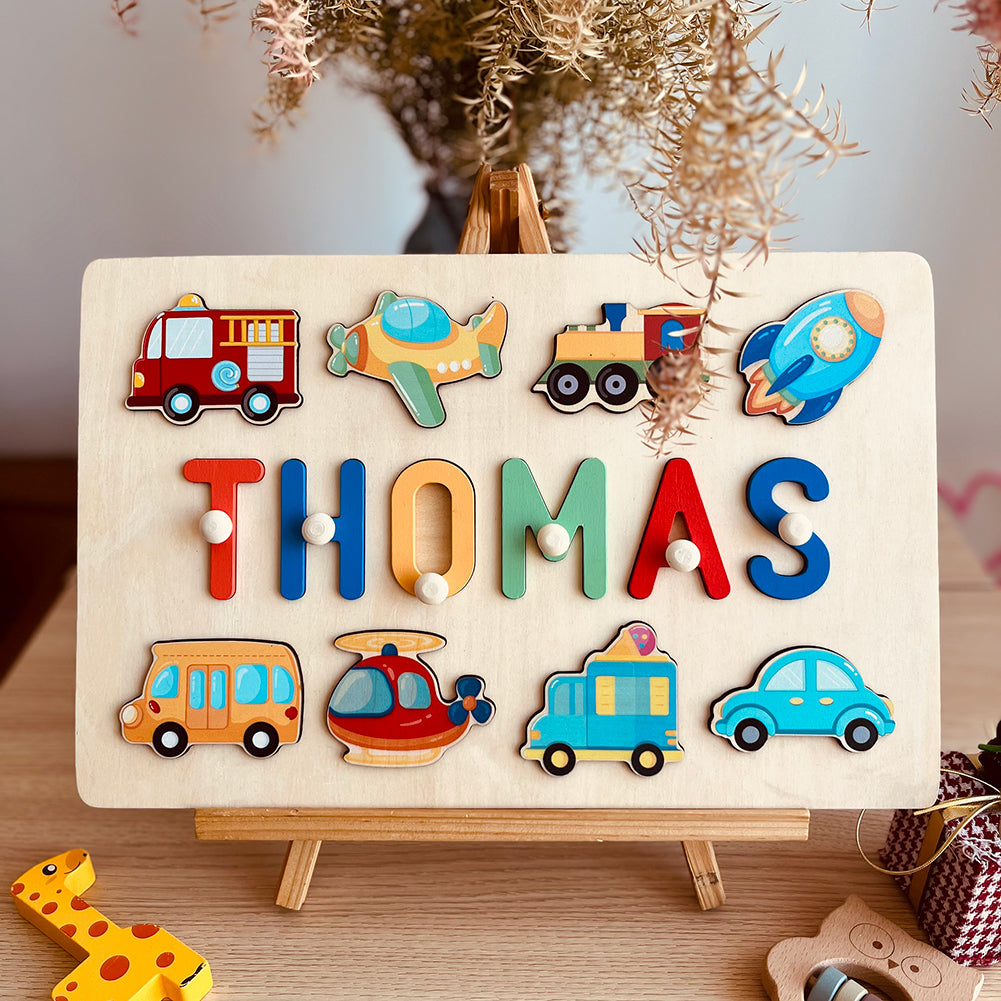
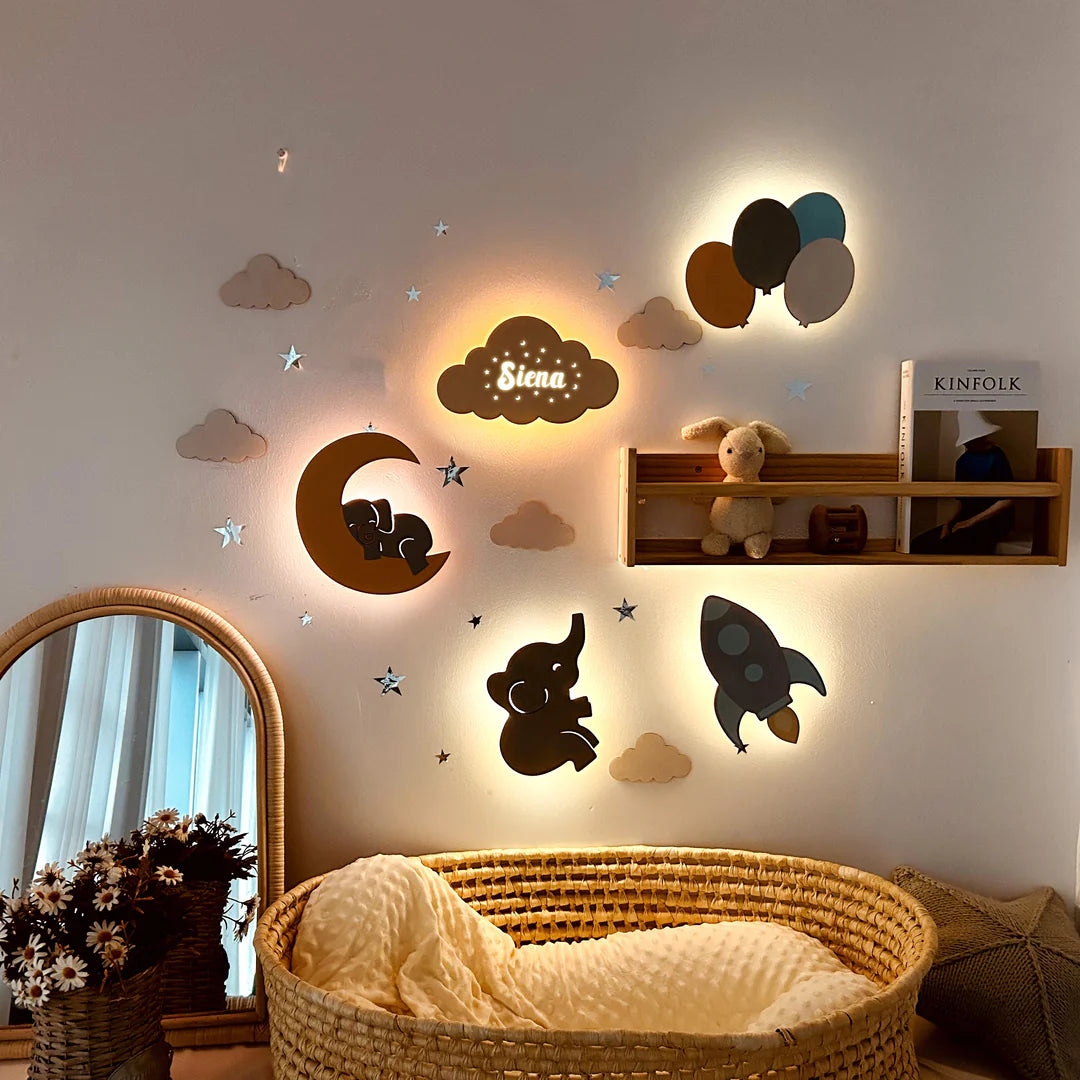


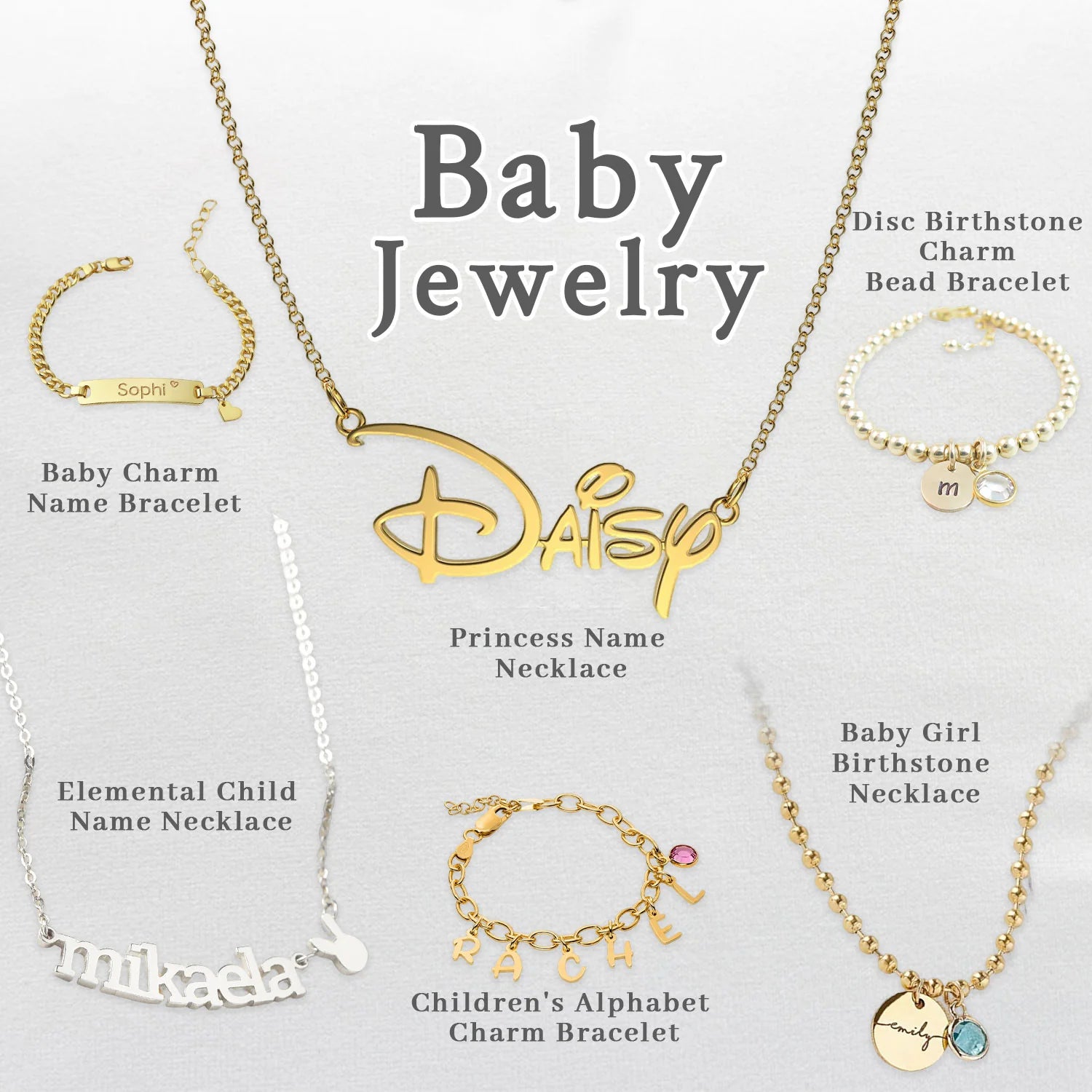
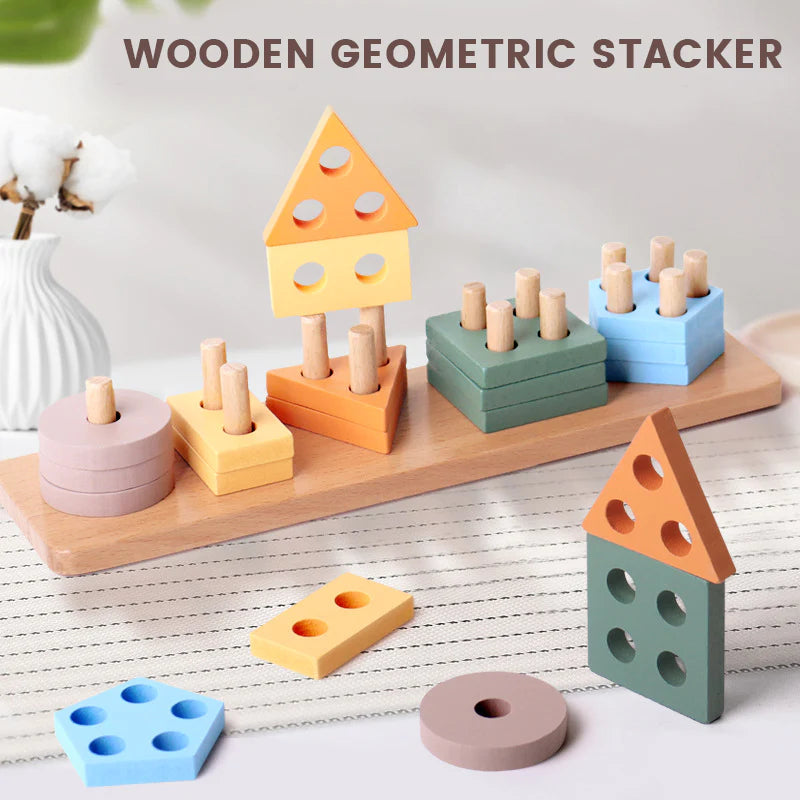



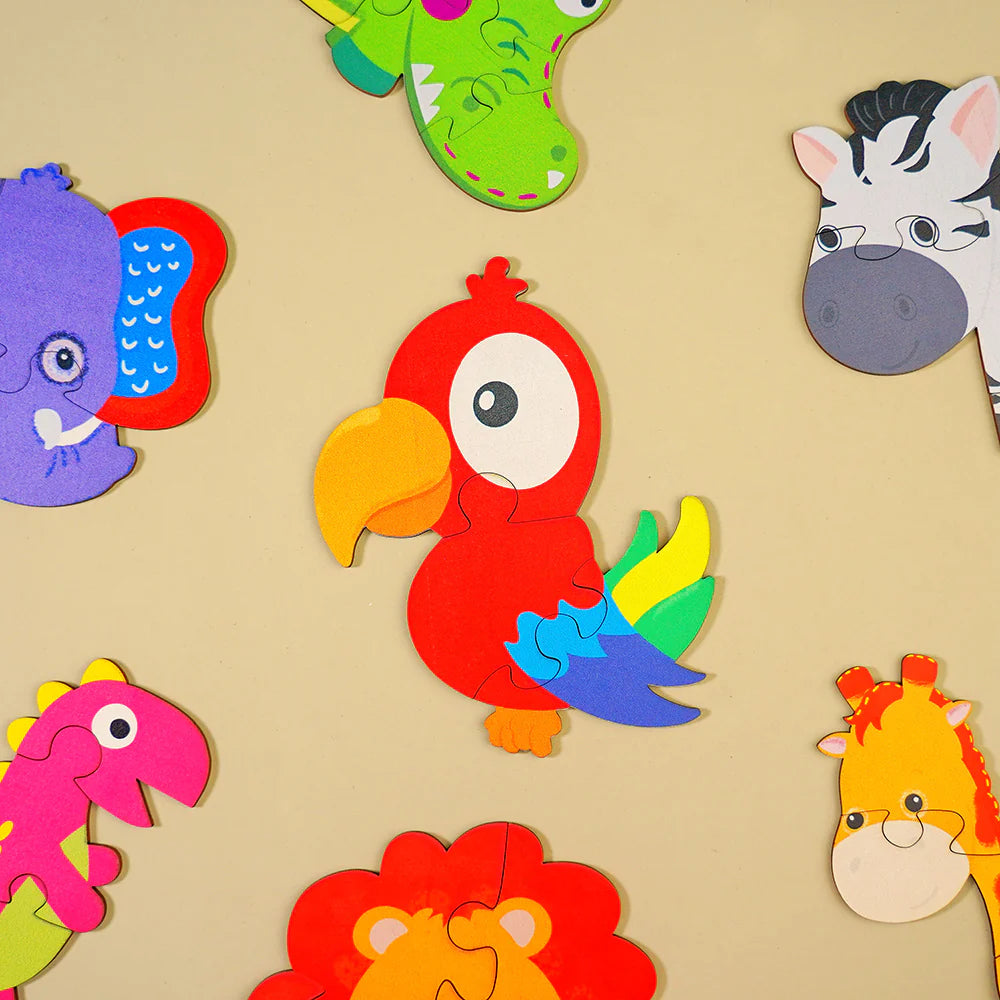





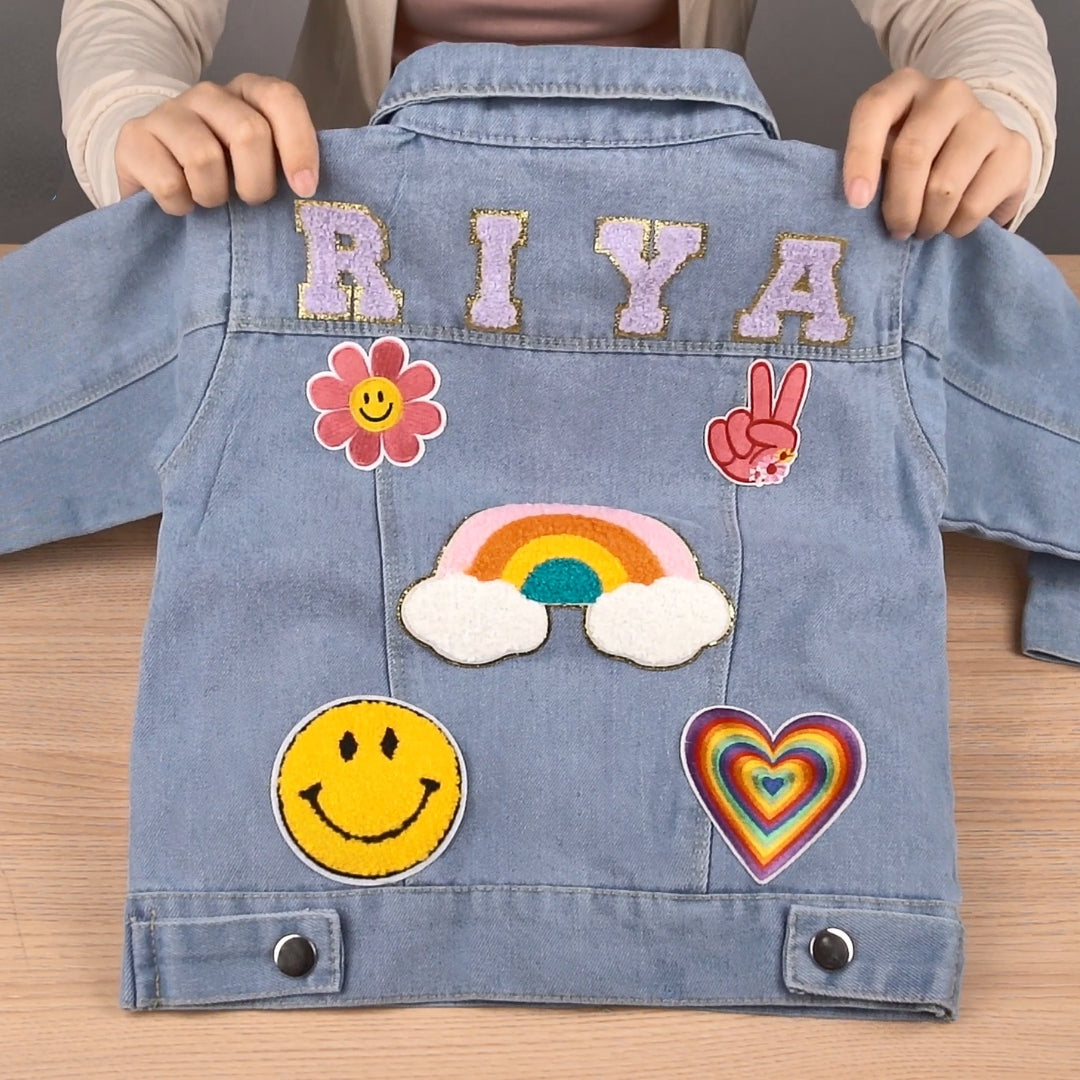



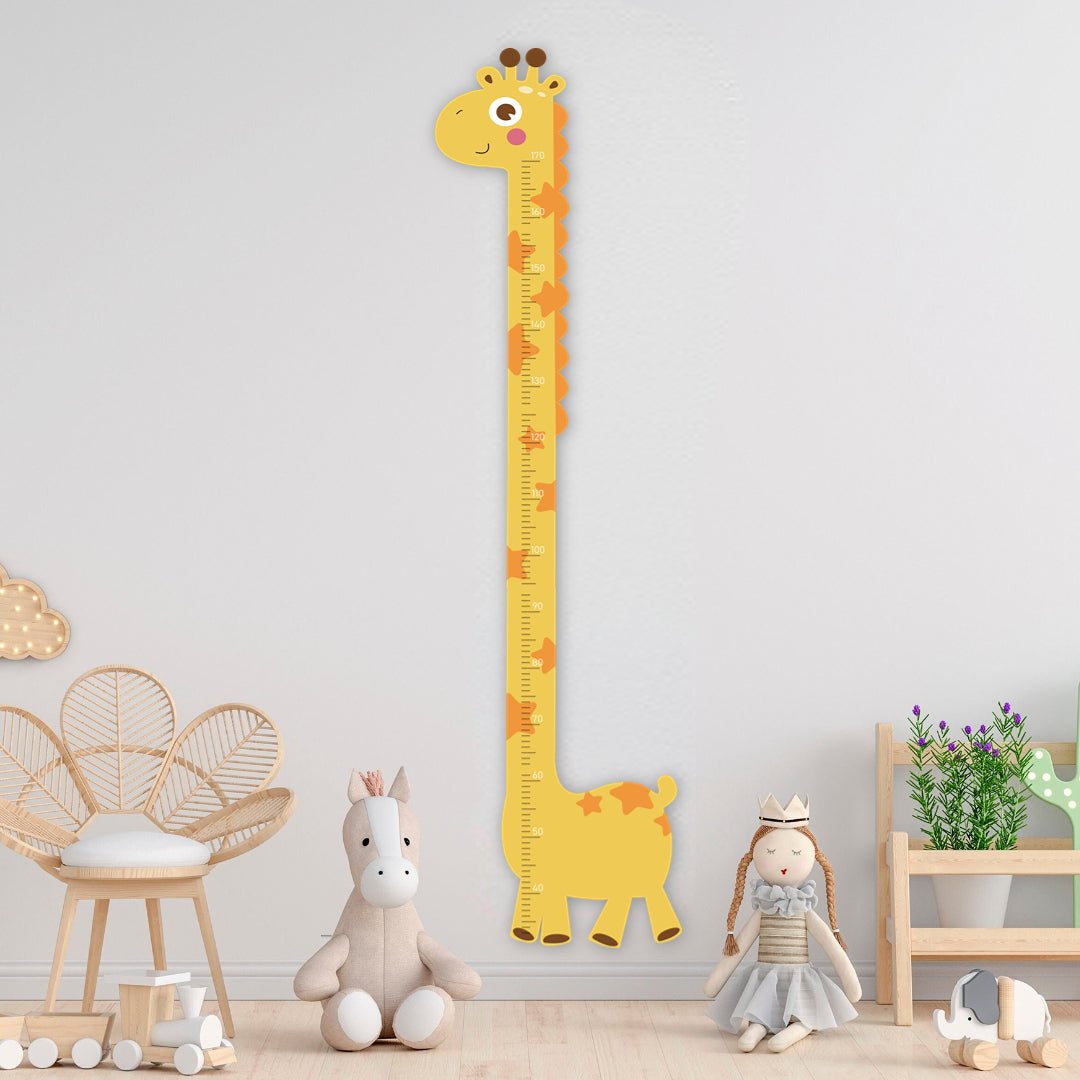
Leave a comment